Lived Experience at Work
Working with organizations to ensure peers thrive in their roles
5 min read
The Challenge
People with lived experience, often called Peer Workers, are vital resources within many social services organizations. They build trust with community members, bring a new lens to service design and delivery, and provide essential care in ways that are unique from other team members. The lived experience they have makes them a crucial bridge between communities and broadens the spectrum of wellness, health, and care delivery.
Unfortunately, Peers are often treated as second class employees and are paid less, excluded from benefits and staff socials, and subjected to unstable work arrangements. To understand more about the current experience and state of employment for Peer Workers in Toronto’s Downtown East (DTE) neighbourhood, and identify effective opportunities to improve Peers’ employment journey, the City of Toronto, through its Social Development, Finance and Administration Division, asked Health Commons to connect with organizations and Peers. The purpose of this project was to understand current and potential Peer roles in the Downtown East grounded in the experience Peers do have, and wish to have in the future.
“We knew that meaningful and supportive employment can play a transformation role in providing stability for people with lived experience of homelessness and substance use. But with often disconnected funding and employment streams supporting these roles, we needed to identify the best way to move the conversation forward. This project gave us a tangible roadmap for actions the City and community can take to improve the employment pipeline in the Downtown East.”
The Why
Workers with lived experience offer an important opportunity for driving belonging and well-being; to focus scarce resources on our most pressing needs; to put to good use the range of perspectives and focus on human-centred outcomes; to cut through our often cumbersome and outdated ways of trying to solve system navigation challenges with the hard earned expertise of how people think and engage; and to redesign our services for people to prioritize equity and the outcomes we aspire to.
In their daily work, Peer workers exhibit creativity, initiative and purpose that if valued and leveraged could dramatically transform the impact of our organizations - this is a moment to reimagine the building blocks that our system of the future should be built on.
Now is a good time to talk about consistency and standardization. This approach might improve recruitment and retention, help address challenges with equity and fairness, and help maximize the value of Peer roles in the system.
Standardization can support creating the opportunity for more opportunity - while always leaving room for tailoring and customization. Moving from a disorganized and chaotic structure for Peer work that leaves room for exploitation, to a more transparent and structured approach can lead to fairness and more opportunity.
The Approach
To start understanding how and where Peers were working currently, we completed an environmental scan of 70+ organizations and compiled the range of roles currently occupied by people with lived experience.
We also conducted 36 interviews with 22 Peers and 18 key stakeholders across 19 organizations in the DTE and held 17 additional feedback conversations to validate findings with a total of 45 people across 26 organizations in the DTE. We produced a number of visuals and reports to tell the story we heard, including recommendations for the City to improve the experience of Peers at work.
“It felt great being a part of something that valued my identity and hopefully the conversations that were had will be put into use.”
The Outcome
The conversations revealed the broad contributions Peers make throughout the social services in sector and benefits they provide. Beyond providing a friendly face and offering an understanding ear, Peer team members introduced new modalities of service delivery and increased wellness for their clients through the lens of their lived experience.
Notably, three important and recurring recommendations were identified:
Expand and stabilize funding. Support organizations with simplified processes for accessing funds and expand the ways in which funds can be used. Support Peers with employment stability and a living wage.
Standardization. Respect, shared expectations, and more autonomy and mobility for Peers.
Align policies. Avoid punishing people for seeking employment and ensure benefit programs are coordinated so that accepting work does not jeopardize Peers’ access to necessary supports and services.
The biggest lesson that emerged for our team was the expansive impact of Peer Workers. As we spoke to people with lived experience and those working alongside them, we began to imagine the other places where lived experience would benefit workplaces and client care outcomes. We recognized that people with lived experience make a great addition to any workplace where social care is provided.
And they are committed to making a difference:
“It’s been a long journey in Peer work. I truly feel like I am doing something I want to do, I’m in the right place and will stay here.”
Acknowledgements
This project was possible due to all of the people who generously shared their thoughts, experiences and time with the project team. This includes the substantial contribution of workers who bring their lived experience to supporting the Downtown East community every day, and the operational and executive leaders building, filling and supporting employment opportunities that value lived experience in their organizations. Their contributions are gratefully acknowledged.
This project was funded by the City of Toronto as part of the Downtown East Action Plan.
This project was designed and implemented by Health Commons Solutions Lab.
Infographics
Reports
Project Partners
City of Toronto









